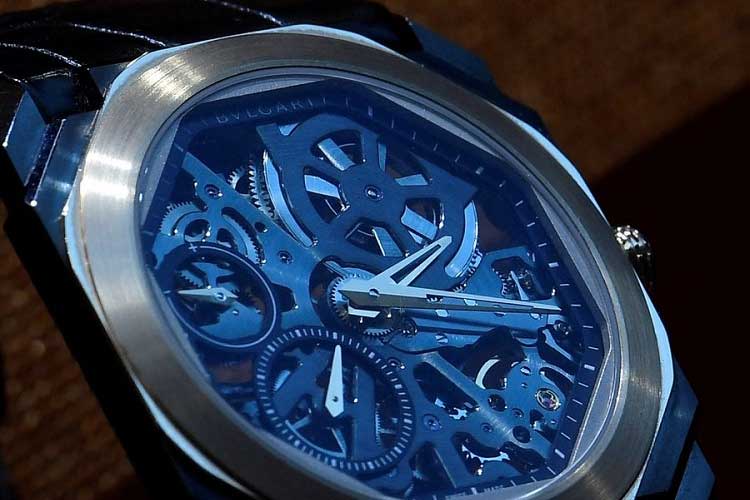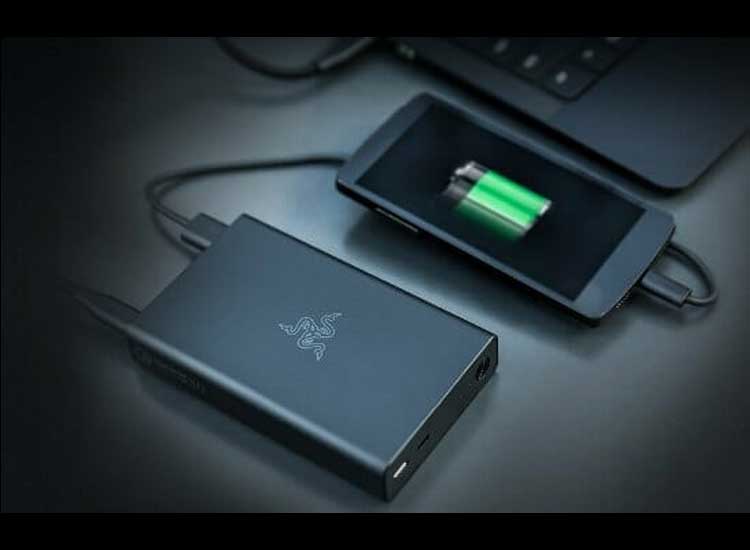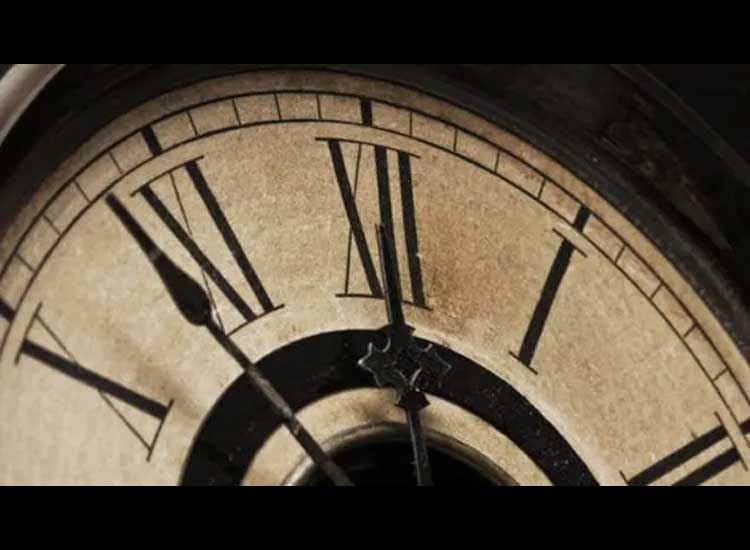Understanding Milling/Milling Machines – A milling machine is a machine tool that produces a flat plane where the knife rotates and a moving object performs a feeding step. Meanwhile, the milling process is a machining process which generally produces a flat plane shape due to the movement of the machine table, where the process of reducing the workpiece material occurs due to contact between the cutting tool ( cutter ) which rotates on the axis and the workpiece which is gripped on the machine table.
In 1818 a milling machine or commonly called a milling machine, was first invented in New Heaven Connecticut by Eli Whitney. In 1952 John Parson developed milling with numerical control ( Milling Numeric Control ). In its development, the milling machine experienced various developments both mechanically and technologically in its operation.
If a milling machine is combined with a special tool or cutting tool, it will be able to produce several shapes according to production demands, for example: Threads, Spirals , Gears, Cams, Scale Drums, Star Shafts, Worm Shafts and so on.
Working Principles of Milling Machines
The power for cutting comes from electrical energy which is converted into main movement by an electric motor, then the main movement will be transmitted through a transmission to produce rotary movement on the milling machine shaft .
The milling machine or milling machine shaft is part of the main system whose job is to hold and rotate the cutter to produce rotation or cutting movement.
If the cutting movement of the cutter is applied to a workpiece that has been gripped, friction will occur which will result in cuts in parts of the workpiece. This can happen because the material that makes up the cutter has a hardness above the hardness of the workpiece.
The purpose of a milling machine is to produce workpieces with a flat surface or other specific shapes such as profile, radius, cylindrical, etc. with certain sizes and qualities.
Working Principles of Milling Machines
The working principle of a milling machine is to use a milling cutter as a layer cutting tool on the material. Milling Cutter is a type of rotary cutting tool that has many cutting angles, milling and drilling have similarities in mechanics.
The difference is that the milling knife rotates on its axis and advances towards the material and returns to its original position. When the knife retreats, it returns to its original position, its function is to comb the remaining pieces so that they are neat and precise.
A milling process with satisfactory results will be achieved if the rotation of the knife and the rate of moving the knife back and forth to the tip of the material are slowed down, then the cutting results will be better.
In the milling process there are three main groups, namely:
1. Face Milling
The cutting process occurs at the corner of the material after the milling cutter , this is useful for cutting even layers in the material or work medium and cutting flat and deep cavities.
2. Milling Peripherals
This cutting takes place with the circumference of the cutter , this is so that the cut cross section will be cut according to the shape of the cutting knife. Milling peripherals are great for cutting deep slots and threads.
3. Finger Milling ( End Milling )
The knife in the finger milling process usually rotates about an axis perpendicular to the surface of the workpiece. The blade can be moved at an angle to produce an angled surface. The cutting teeth on the knife are located on the knife sheath and the tip of the knife body.
That’s the explanation about milling machines or milling machines . Hope it is useful.
Rekomendasi Link :





